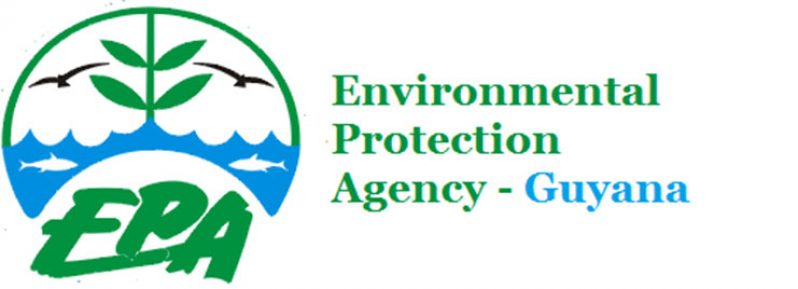The Environmental Protection Agency (EPA) is the sole environmental regulatory agency, and as such is mandated to protect Guyana’s environment via the provisions outlined in the Environmental Protection Act, Cap 20:05 Laws of Guyana. In executing its mandate “to promote, facilitate and coordinate effective environmental management and protection; and the sustainable use of Guyana’s natural resources,” the EPA is responsible for the environmental regulation and monitoring of oil and gas projects. Every project is assessed to ensure that the proposed project can be implemented in an environmentally sound and sustainable manner.
The regulation of oil and gas projects is an important step in the project life cycle and has several key objectives, some of which are:
(1) Protecting the biotic and abiotic elements (flora, fauna, air quality, water quality, ecosystem services);
(2) Protecting cultural resources;
(3) Ensuring public health and safety;
(4) Ensuring proper waste management; and
(5) Ensuring adherence to regulatory requirements.
 Requirements for Environmental Authorisation:
Requirements for Environmental Authorisation:
* Application for each proposed well;
* Identification of the Permit Applicant (National ID Card, Passport);
* Application fee;
* Detailed Project Description (Summary);
* Proof of Land Ownership (Petroleum Prospecting License);
* Business Registration/ Certificate of Incorporation;
* Parent Company Guarantee;
* No-objection from the Bank of Guyana;
* No- objections from the Ministry of Natural Resources;
* Proposed Layout of Operations; and
* Any other information which the Agency may require under the Environmental Protection Act, 1996 or the Environmental Protection (Authorisation) Regulations, 2000.
Environmental Concerns/Considerations
* Impacts on human health;
* Cumulative impact of multiple operations;
* Noise and Air Quality Management;
* Climate conditions;
* Water Quality Management;
* Waste Management;
* Hazardous Waste/s Materials Management;
* Material assets, the culture heritage and landscape;
* Radioactive Sources Management;
* Compliance monitoring and reporting institutional authority; and
* Biological Resource Management? Risks to sensitive ecosystems.
EPA responsibilities
* Authorisation,
* Compliance Monitoring,
* Enforcement,
* Development of regulations, standards, guidelines etc.
* Review, evaluate, and determine the adequacy/acceptability of Environmental Impact Assessments (EIA) and Environmental Management Plans to support the authorisation of projects.
Oil and Gas Production projects require an approved Environmental Impact Assessment (EIA) before any decision can be made on whether or not to grant an Environment Permit.
You can share your ideas and questions by sending letters to: “Our Earth, Our Environment”, C/O ECEA Programme, Environmental Protection Agency, Ganges Street, Sophia, GEORGETOWN, or email us at: eit.epaguyana@gmail.com. Follow us on Facebook and Instagram and subscribe to our YouTube channel.












